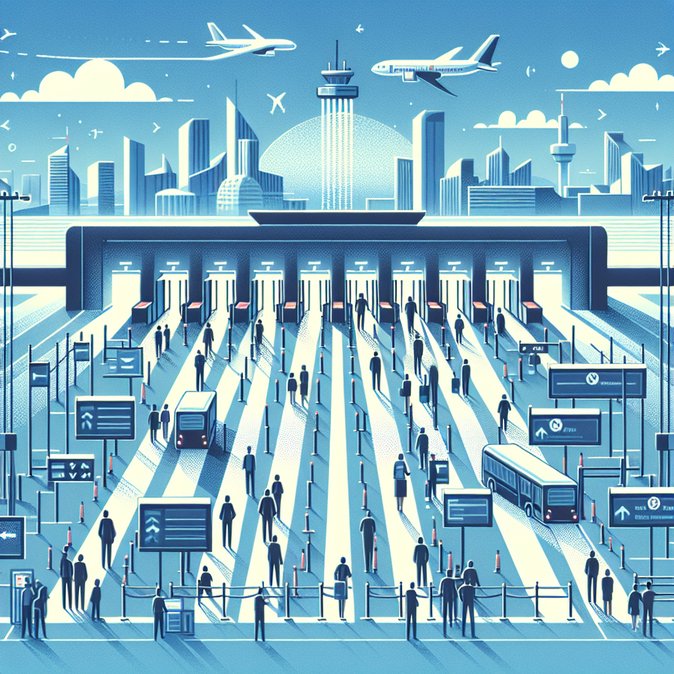
In a consultative session held on 12 November, Shenzhen’s Port Office briefed municipal lawmakers and political advisers on plans to accelerate “smart port” construction and boost cross-border throughput with Hong Kong. The meeting reviewed 2025 legislative proposals and gathered feedback on priorities ranging from terminal reconstruction to AI-driven inspection systems.
Officials confirmed that Shenzhen—already handling roughly 40 per cent of China’s passenger border crossings—will expand automated kiosks and introduce real-time data-sharing with airlines to pre-clear travellers. Upgrades are timed to coincide with the NIA’s nationwide launch of online arrival cards on 20 November and the extension of 24-hour direct-transit exemptions at ten mainland airports.
![Shenzhen Port Authority Maps Smart-Border Upgrades in Dialogue with Lawmakers]()
Legislators urged the Port Office to shorten peak-hour waiting times at Futian and Shenzhen Bay checkpoints, resume 24-hour passenger clearance at Luohu and study additional ferry links to the Hong Kong airport Skypier. The agency pledged to incorporate suggestions into its “15th Five-Year” smart-port blueprint, which targets a 30 per cent increase in hourly processing capacity by 2027.
Why it matters for mobility managers: Shenzhen is the entry point for many expatriate engineers shuttling between mainland tech campuses and Hong Kong’s financial centre. Smoother land-border formalities reduce travel-day fatigue and cut ground-transport costs for firms operating dual-office models.
Companies should monitor forthcoming pilot programmes allowing corporate shuttle buses to transmit passenger manifests in advance, potentially enabling coach-side immigration checks—a boon for high-volume commuter flows between the two cities.
Officials confirmed that Shenzhen—already handling roughly 40 per cent of China’s passenger border crossings—will expand automated kiosks and introduce real-time data-sharing with airlines to pre-clear travellers. Upgrades are timed to coincide with the NIA’s nationwide launch of online arrival cards on 20 November and the extension of 24-hour direct-transit exemptions at ten mainland airports.

Legislators urged the Port Office to shorten peak-hour waiting times at Futian and Shenzhen Bay checkpoints, resume 24-hour passenger clearance at Luohu and study additional ferry links to the Hong Kong airport Skypier. The agency pledged to incorporate suggestions into its “15th Five-Year” smart-port blueprint, which targets a 30 per cent increase in hourly processing capacity by 2027.
Why it matters for mobility managers: Shenzhen is the entry point for many expatriate engineers shuttling between mainland tech campuses and Hong Kong’s financial centre. Smoother land-border formalities reduce travel-day fatigue and cut ground-transport costs for firms operating dual-office models.
Companies should monitor forthcoming pilot programmes allowing corporate shuttle buses to transmit passenger manifests in advance, potentially enabling coach-side immigration checks—a boon for high-volume commuter flows between the two cities.










